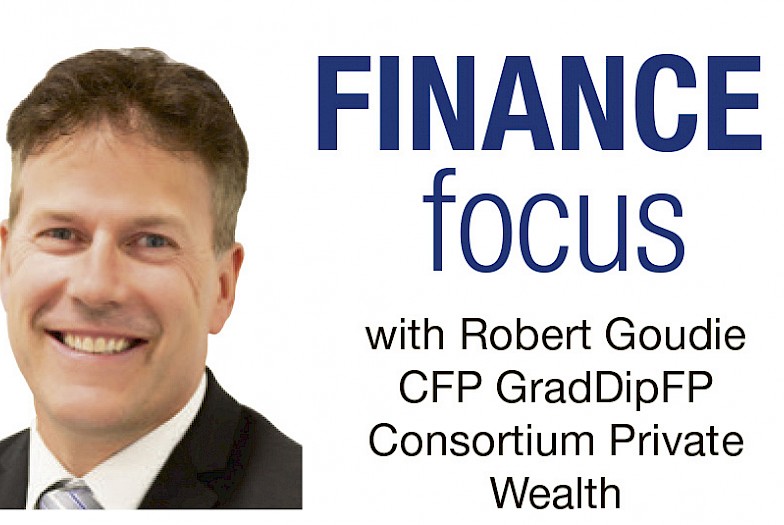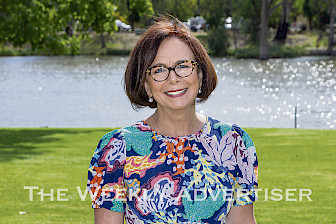The most certain way to direct payment of your superannuation death benefit is by making a binding death-benefit nomination.
The nominated beneficiaries must be ‘dependants’ – a spouse, de facto spouse, child or financial dependant – or a legal personal representative, such as the executor or administrator of a deceased estate.
If the nomination has been properly signed and witnessed, and is still current at the date of death, then the trustees of the superannuation fund must pay the death benefit to the nominated beneficiaries.
Unlike wills, valid binding superannuation nominations are unlikely to be overturned by a court, so they provide great certainty.
It is up to the trustees of each superannuation fund to decide whether to allow binding nominations, so they are not available to everyone.
Although some funds offer non-lapsing binding death-benefit nominations, most are only valid for three years, so it is important to check yours and ensure it remains up to date.
Trustee’s discretion
The trustee is under a legal obligation to pay a death benefit to the member’s dependants, and in most cases, benefits will be paid in a way that is consistent with the wishes of the deceased member.
However, it is possible the trustee might recognise a wider range of dependants than the member would have liked – including a separated spouse. In some cases, the member’s preferred beneficiary might not meet the legal definition of a dependant. This might apply to parents.
In the absence of any dependants and a legal personal representative, the trustee might exercise their discretion, and pay the benefit to a non-dependant.
While dependants receive lump-sum death benefits tax free, the rate of tax payable by non-dependants can vary from nil to 30 percent, depending on the components of the superannuation payment.
Superannuation pensions
The situation is a little different if the member has already retired and is drawing a superannuation pension.
With pensions, it is common to nominate a surviving spouse as a reversionary beneficiary. This means the pension payments will continue to be paid to the nominee, either until their death, or until the funds run out.
If the reversionary beneficiary dies, any remaining balance is then paid out as a lump sum death benefit according to the type of nomination they have made.
Good advice required
Increasing levels of wealth being held via superannuation and the nomination of beneficiaries should be made in the context of a comprehensive estate plan.
This includes taking into account the way superannuation death benefits are taxed when paid to different types of beneficiaries.
Your financial adviser can help you make the right decision.
• The information provided in this article is general in nature only and does not constitute personal financial advice.






